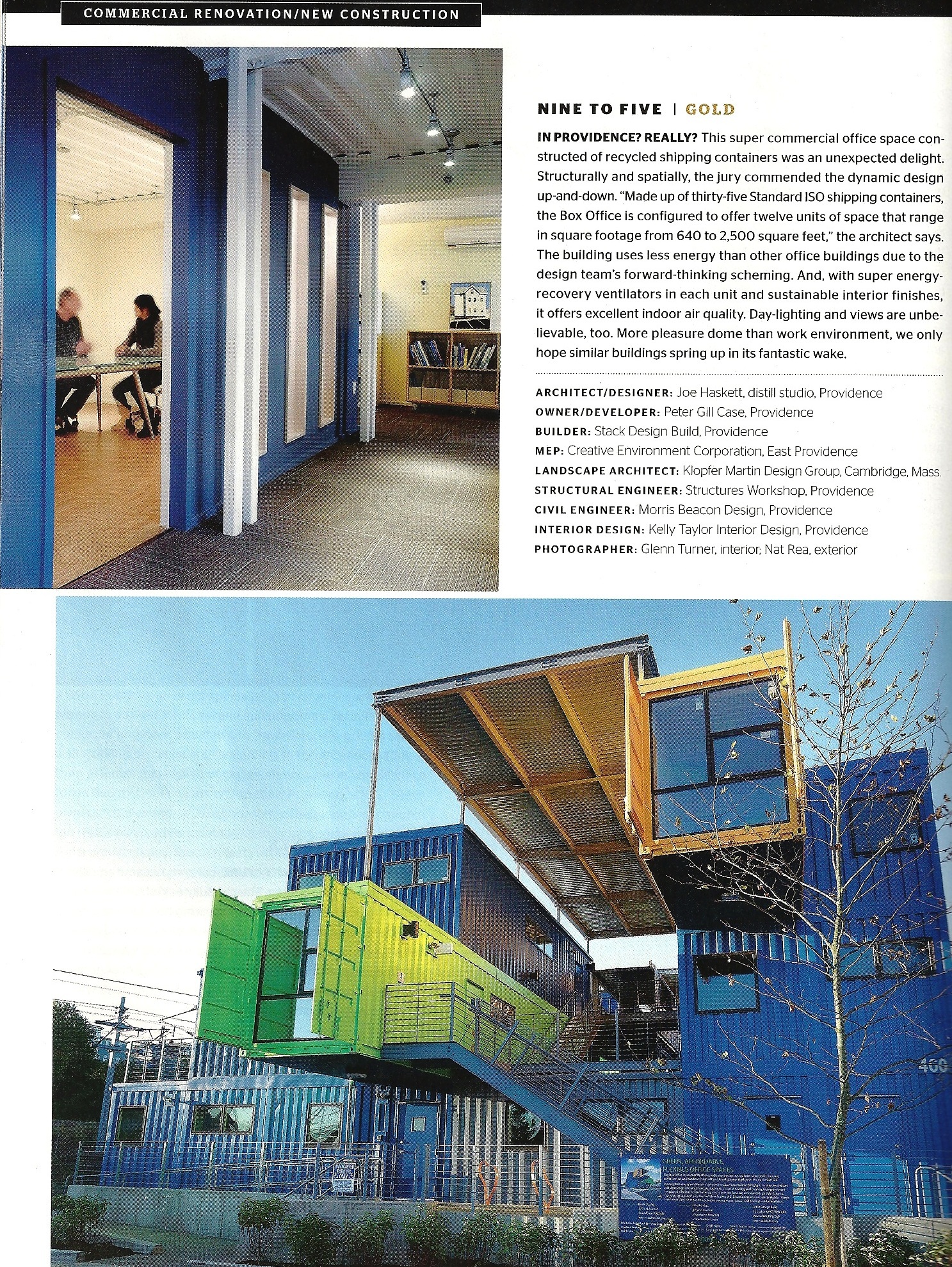This is what I came up with… Structural Engineering is the design of BIG things.
The know-how required to do this is immense and requires lifelong learning. Engineers are 1% to 10% of each of the following:
- Scientists
- Mathematicians
- Computer Scientists
- Information Seekers (State of the Art)
- Specialists in Structural Systems
- Experts in Construction
- Citizens of a Locality of Construction Practices and Material Availability
- Cost Estimators or Knowledgeable of Best Practices to Reduce Cost
- Experts of Local Fabrication and Construction Technologies
- Experts of Building Codes, Specifications, Standards, Guides, and Regulations
- Risk Evaluators and Code Interpreters
- Experts in Structural Calculations
- Experts in three dimensional representation in the mind
- Experts in Synthesizing Complex/Unsolvable things to Simple/Solvable things.
- Experts in Analysis Modeling using Software
- Skeptics of Structural Engineering Software
- Debaters of Efficiency and Economy and Elegance
- Artists, Philosophers, Poets, Dreamers with Unconstrained Self Expression
- Drafters or BIM Specialists
- Collaborators working with Design teams
- Listeners of Vision and Needs of Project/Client/Architect
- Knowledgeable of Collaborator’s field
- Users of Rules of Thumb (Heuristics)
- Experts in the ability to make decisions under great amounts of uncertainty
Civil (Structural) Engineering is the design of big things. Mechanical Engineering is the design of dynamic things. Chemical Engineering the design of strange things. Electrical Engineering is the design of invisible things. My definition suggests Engineering is design of Big, Dynamic, Strange and Invisible things. You might ask, well Architects design big things too don’t they? This is correct, but they are not hired precisely because the thing is big. We are. This definition may contribute to a positive “rebranding” of the profession and I believe it will improve “career appeal”, and reduce our “brain drain” if we simply and succinctly told the truth. Why is the retention rate in engineering schools around 50%? That is a real problem but I think it is a marketing problem. Our educators are not good engineering mentors and they likely mislead our students into believing we engineers merely complete calculation procedures. Engineering is so much greater than that!



